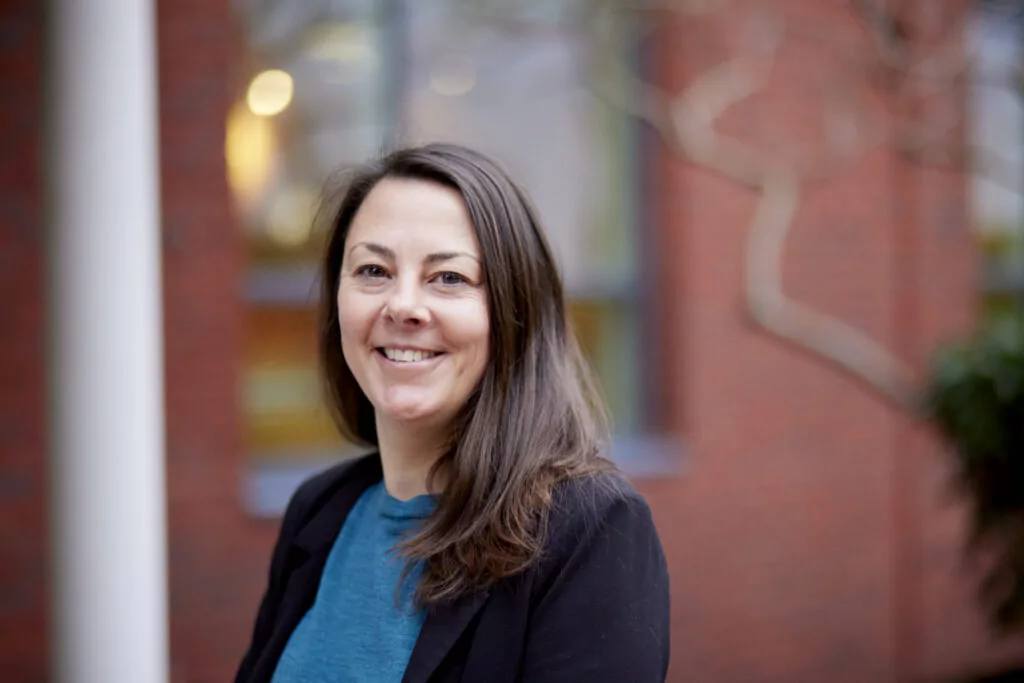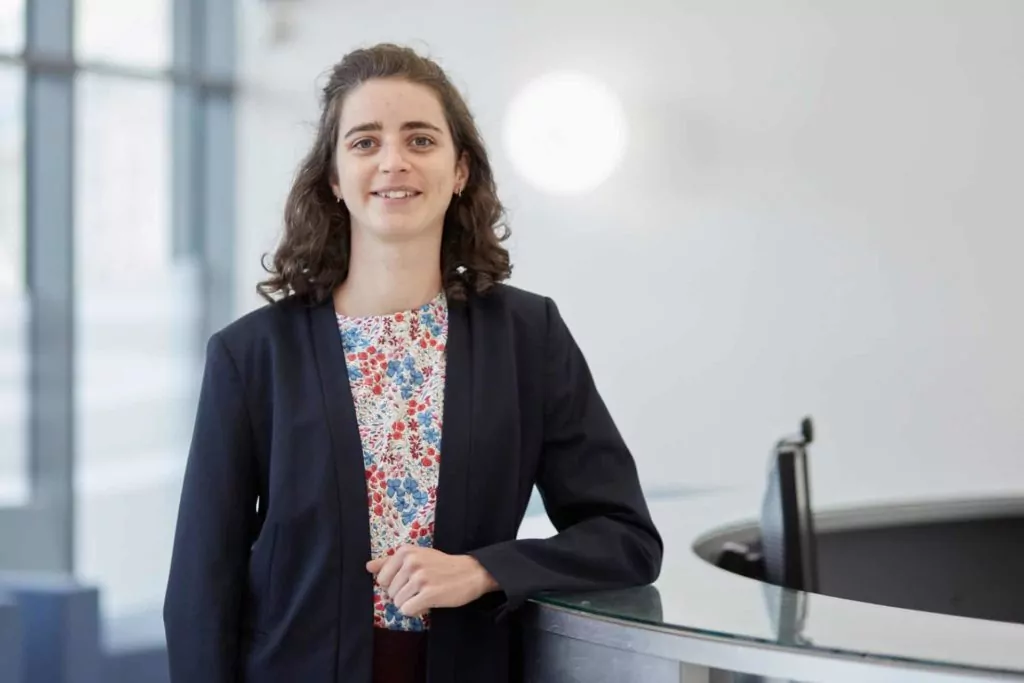

COVID-19 restrictions easing in England from 27 January 2022
The Government has announced that COVID-19 restrictions are eased as follows:
- Working from home guidance has now ended
- From 20 January facemasks will not be required in classrooms
- People will not be required to wear face coverings anywhere from 27 January
- Compulsory COVID passes for certain venues will end and COVID passes will be at the venue's discretion from 27 January
Self–isolation period reduced to five days following two negative lateral flow tests
The Government amended self-isolation requirements (for those with coronavirus). Employees can now stop self-isolating after 5 full days (potentially leaving isolation on day 6) if they test negative on lateral flow tests consecutively on day 5 and 6, and do not have a temperature. The default self-isolation period does continue to be 10 days.
Eligible employees who are legally required to self-isolate because of COVID are entitled to SSP. However, employees leaving self-isolation after 5 are strongly advised to:
- Wear face coverings
- Limit close contact with other people in crowded or poorly ventilated spaces
- Work from home where possible
- Minimise contact with anyone who is at higher risk of severe illness
Your risk assessments should therefore seek to factor in amended duties and/or additional PPE and/or additional testing as appropriate for those employees who are able to leave isolation after day 5 but who cannot work from home. Employees who had COVID but gained appropriate negative lateral flow tests on days 5 and 6 would no longer qualify for SSP, so if you wanted them to remain away from work for longer (owing to health and safety concerns e.g. for vulnerable employees) this would need to be on the basis of medical suspension (fully paid).
These regulations will expire on 24 March 2022 and currently it is not expected that they will be renewed.
If you'd like to discuss this further, please get in touch with one of our experts below.
Employees can temporarily self-certify absence for up to 28 days for SSP purposes
On 16 December 2021, the Government amended SSP regulations meaning that employees can, in order to prove sickness for statutory sick pay purposes, self-certify their absence for up to 28 days of sickness (where they could previously only self-certify for sickness up to 7 days).
This has been brought in as a temporary measure (to reduce the pressure on GPs) and currently only applies for periods of sickness which commenced, or commence, between 17 December 2021 and 26 January 2022 (or started before 17 December but had not lasted more than 7 days by 17 December 2021). There has been some speculation that the rules could be extended beyond the current end date of 26 January 2022. Watch this space (!).
If you offer enhanced Company Sick Pay that also relies on fit note certification, you will need to consider the wording of your Company Sick Pay clauses or policies in order to understand the options available to you and how you wish to manage certification for enhanced contractual pay purposes (understanding that it may be difficult for an employee to obtain a fit note and GPs may seek to charge for it where they are able to provide one during the period that these amended regulations apply).
The Government has also temporarily made it possible for small and medium-sized employers (i.e. with less than 250 employees on 30 November 2021) to once again claim refunds of SSP paid to employees for COVID-related absences from 21 December 2021 (subject to a maximum of 2 weeks per employee).
Statutory Sick Pay Rebate Scheme reintroduced
As part of the £1 billion support package for businesses impacted by Omicron, the Government has reintroduced the Statutory Sick Pay Rebate Scheme (SSPRS). From 21 December 2021, employers with fewer than 250 employees will be able to claim up to two weeks SSP per employee for COVID-related sickness absences.
Employers will be eligible for this support if they:
- Are UK-based
- Employed fewer than 250 employees on 30 November 2021
- Had a PAYE scheme at 30 November 2021
- They have paid their employees’ COVID-related statutory sick pay (SSP)
There are currently no details as to when the scheme will come to an end - the Government has said that they will keep the scheme under review.
It is therefore important that employers keep a record of the SSP they have paid and want to claim back from HMRC. Details should include the dates the employee was off sick, which of those dates were qualifying dates, the reason they said they were off work (due to COVID-19) and the employees national insurance number.
PCR Updates
Positive Lateral Flow Test
Those who develop any of the main COVID-19 symptoms (high temperature, new continuous cough, or loss of sense of taste or smell) should get a PCR test immediately rather than initially testing using a lateral flow device test (LFD).
However, for those who are asymptomatic, from 11 January 2022 in England a positive LFD result will not require confirmation via a PCR test. Those who receive a positive LFD result should report their result on gov.uk and self-isolate immediately. After reporting their positive test, individuals will be contacted by NHS Test and Trace so that their contacts can be traced.
Following a positive LFD, if any of the main COVID-19 symptoms develop during isolation it is not necessary to take a PCR test.
When a follow-up PCR test is required
In some cases, a follow-up PCR is still required. These are:
- if the person with a positive LFD result wants to claim the Test and Trace Support Payment
- if the person has tested positive using an LFD 2 days after arriving in England
- if the person has a health condition which may qualify them for new COVID-19 treatments (they will have been notified to this effect via an NHS letter)
- if the person is taking LFD tests as part of surveillance or research programmes and is required by the programme to do so
Travel
From 4:00am on 7 January 2022, people returning to the UK will not have to take pre-departure tests. Those returning will no longer have to isolate until they get a negative PCR test but will instead have to take a LFD test at the end of day 2 following arrival in the UK. If the LFD is positive, they will have to take a confirmatory PCR test to help identify any new variants.






























